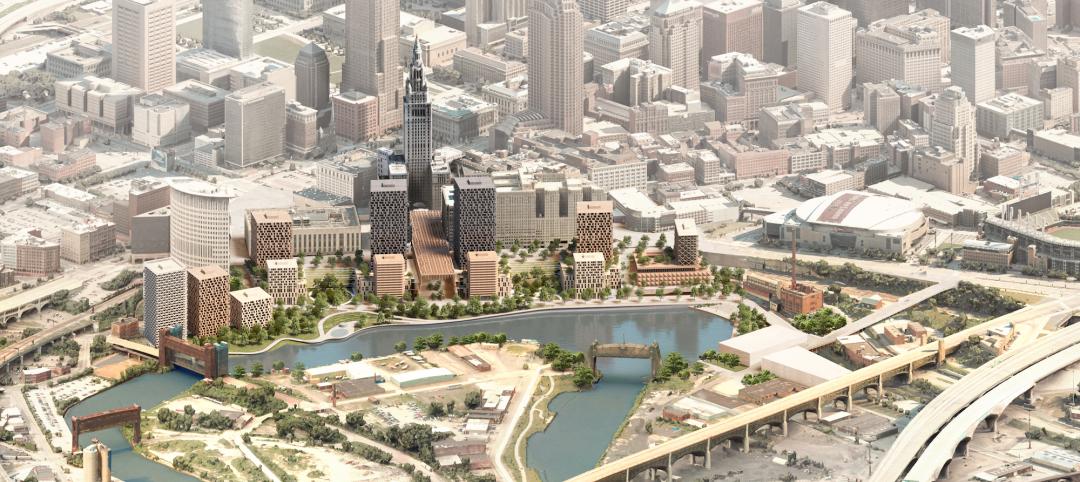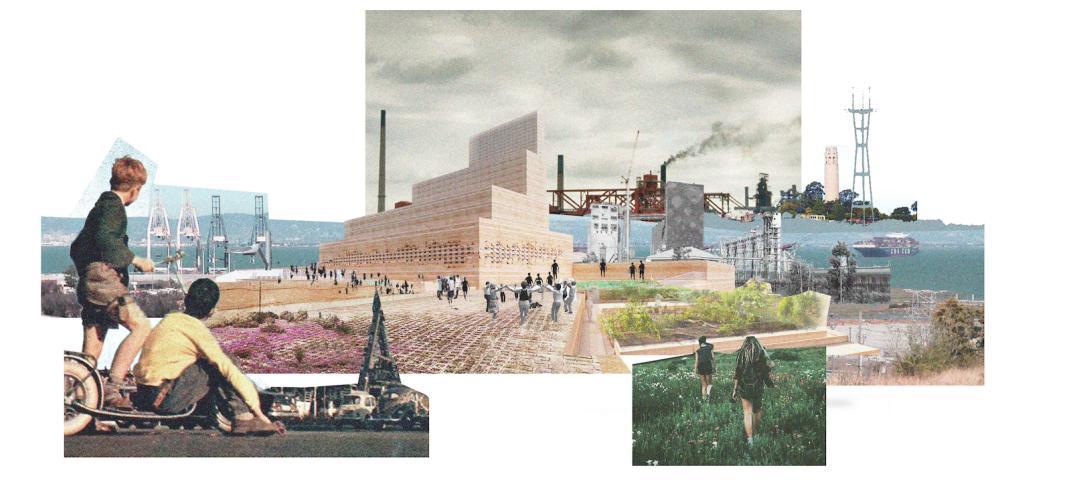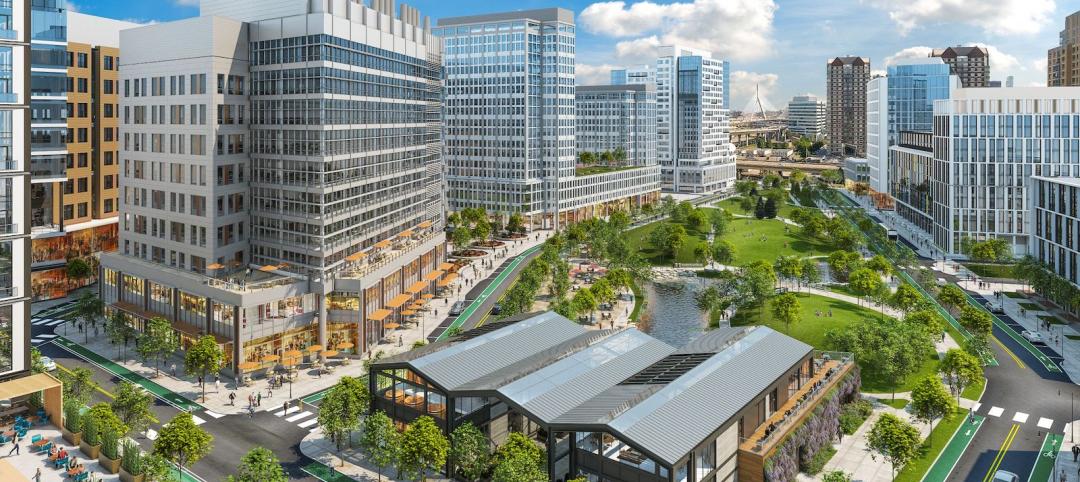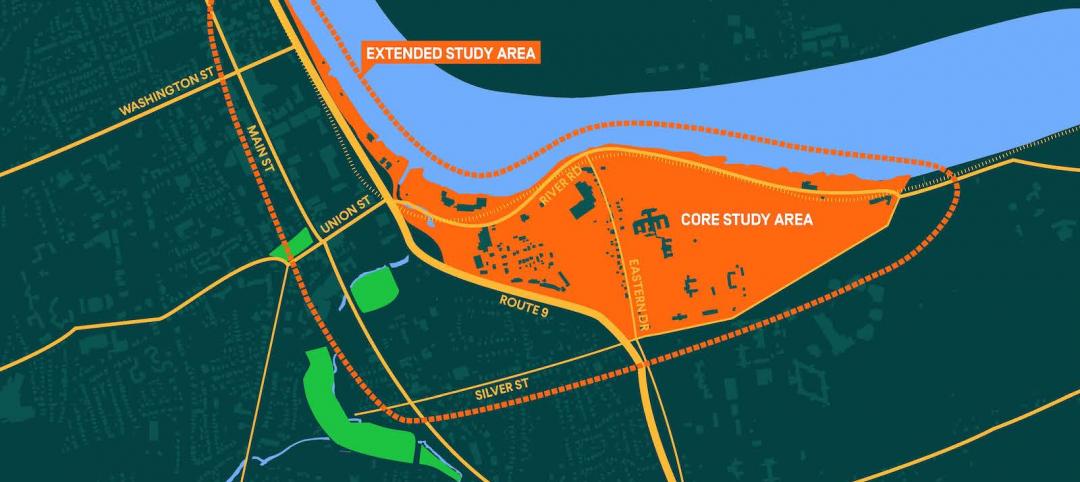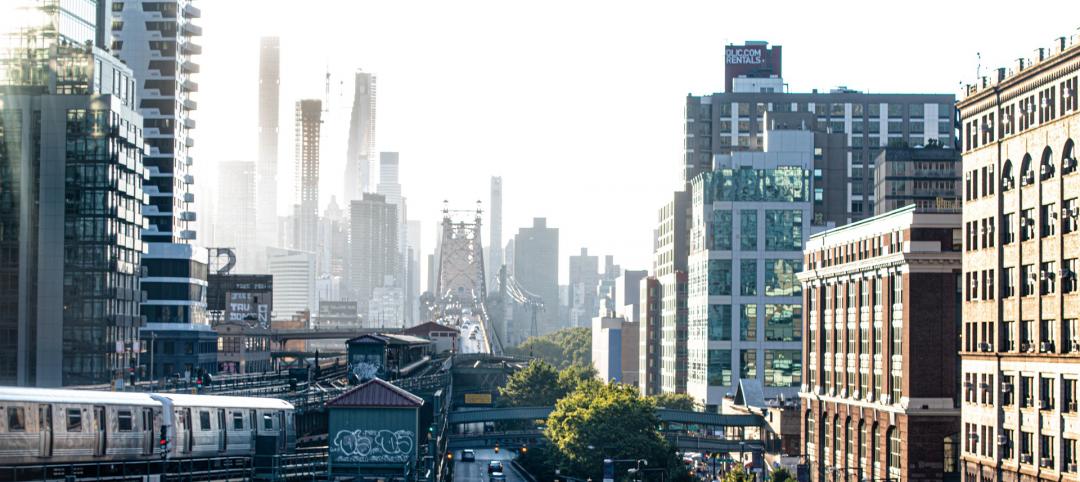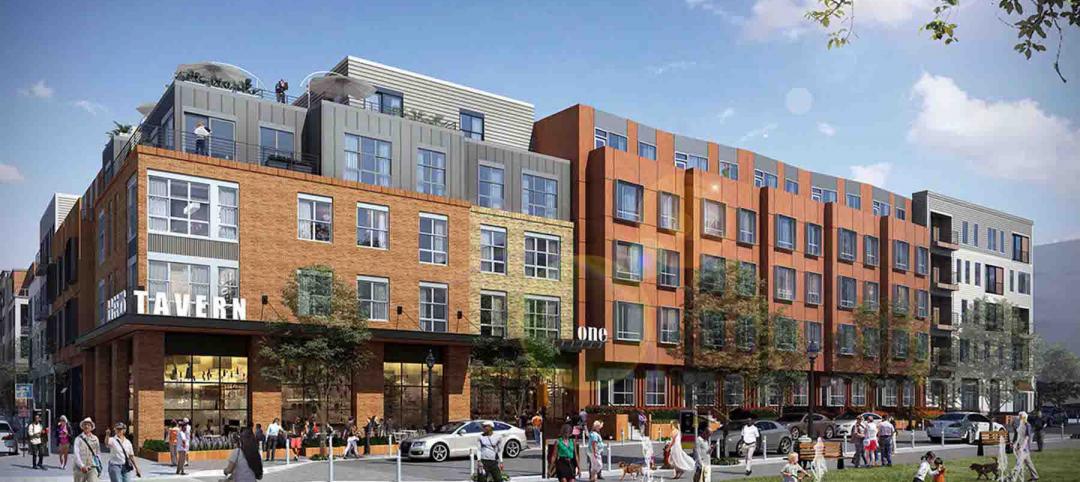The city of the future means more than it did 50 years ago. With rising climate dilemmas, breakthroughs in technology, and aging infrastructure, the needs of our cities cannot be solved with a single silver bullet. Surpassing the idyllic "smart city" is a holistic view of urban life to come—what Point2 Homes regards as future-ready cities.
Point2, a division of Yardi Systems Inc., released a report on the state of the largest 100 U.S. cities. The "Here Today, Here Tomorrow: Top Future-Ready U.S. Cities" report compared the country's top cities over a variety of metrics. In total, 30 key metrics—distributed across five main categories—were analyzed to determine urban innovation.
What makes a future-ready city?
The Point2 report determined future-readiness through five categories:
- Internet Connectivity: The access to the internet through high-speed coverage, especially accessible 5G mobile broadband.
- Environment & Sustainability: Use of electric and alternative fuel, decarbonization, Green building and sustainable practices.
- Business & Technology: The city's commitment to fostering innovation and technological advancements; patent submissions, share of STEM jobs, high share of startups as well.
- Economy & Demographics: A strong local economy with low unemployment and poverty rates.
- Transit & Mobility: Urban hypermobility that promotes bike riding, walkability, and other alternative means of transportation.
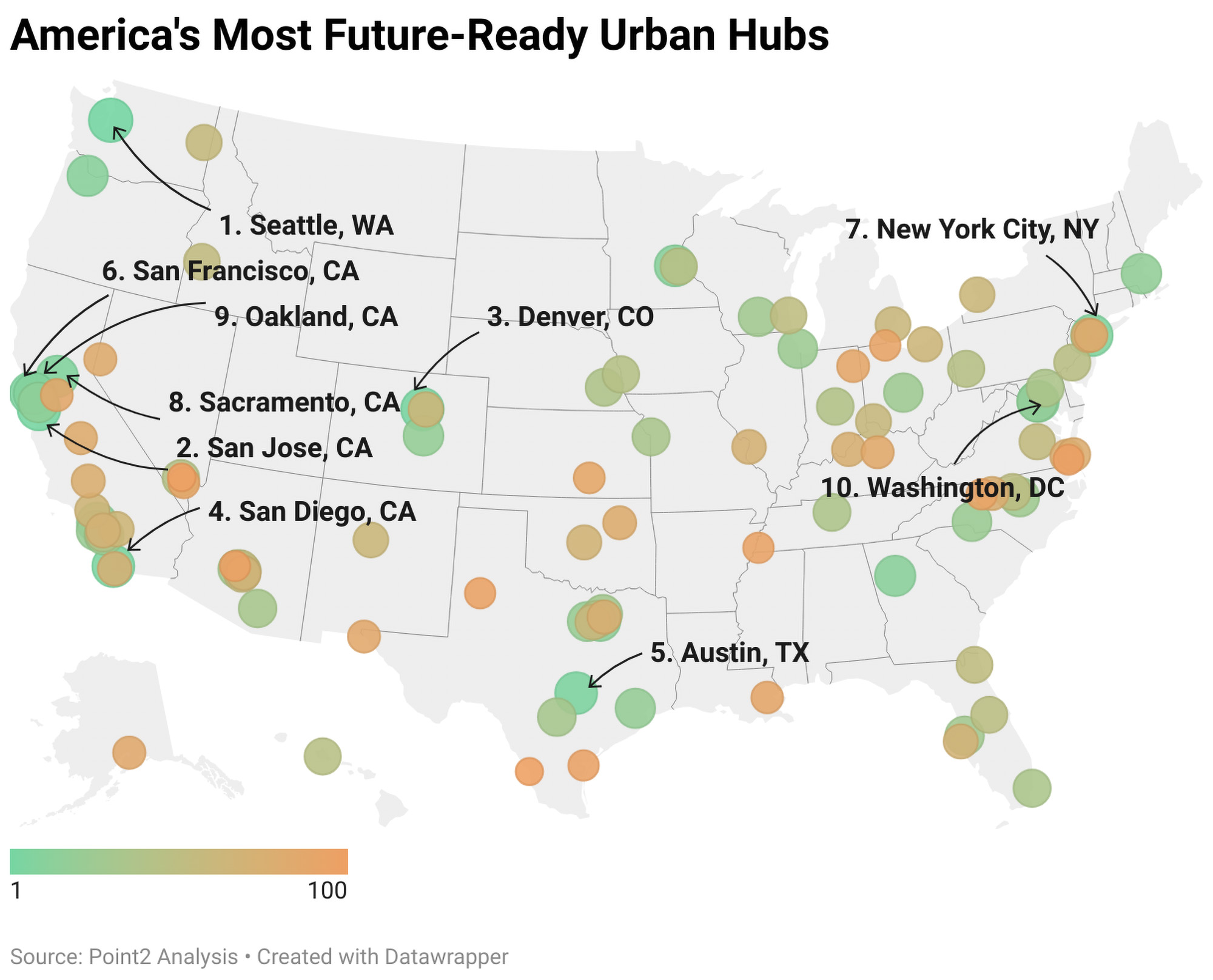
Top 10 'Future-Ready' Cities
Here are the top ten future-ready cities determined by the Point2 analysis.
1. Seattle, Wash.
Seattle sits at the number one spot overall, and also has the highest Environment & Sustainability rank among the 100 cities, according to the report. Its booming downtown scene, presence of major businesses and technology, and natural beauty make it the most future-ready city in the country.
2. San Jose, Calif.
San Jose sits in second with its tech scene and its dynamic, density-embraced urban planning. The city "inspires think pieces dedicated to why San Jose is the perfect model for an American city of tomorrow," writes Alexandra Ciuntu, Creative Writer, Point2.
3. Denver, Colo.
Denver's bustling aerospace presence, sustainability, and city design make it the third more future-ready city in the U.S.
4. San Diego, Calif.
Alongside Seattle and Sacramento, Calif., San Diego paves the way with the most electric fuel stations in the country. It sits as fourth most future-ready, but third in Environment & Sustainability.
5. Austin, Texas
Austin is the fifth most future-ready city, and is also one of the most innovative. It is the fifth city for Business & Technology in the country
6. San Francisco, Calif.
San Francisco sits at the sixth most future-ready, but the number one city in terms of Business & Technology. It is also only second to New York City in number of startups, and second to Minneapolis, Minn., for Transit & Mobility.
7. New York City, N.Y.
New York City is the seventh most future-proof, and has the most startups of any U.S. city. When it comes to internet connectivity, NYC has the most free WiFi spots in an urban area (12,000) followed by Los Angeles (10,500).
8. Sacramento, Calif.
Though Sacramento is eighth in future-proofing, it is first in Internet Connectivity. The city boasts a wide coverage of gigabit fixed internet, and a large share of households in the area have access to the internet.
9. Oakland, Calif.
Oakland rounds out the list of California hubs at number nine. It is also the eighth in terms of Business & Technology, behind Fremont, Calif.
10. Washington D.C.
Washington D.C. is the tenth most future-proof, with one of the largest collections of green-certified buildings. The Capitol is also sixth in Business & Technology and ninth in Environment & Sustainability compared to the top 100 cities.
To view the full report and see where each of the top 100 cities rank across the five categories, visit Point2's website.
Related Stories
Augmented Reality | Jan 27, 2023
Enhancing our M.O.O.D. through augmented reality therapy rooms
Perkins Eastman’s M.O.O.D. Space aims to make mental healthcare more accessible—and mental health more achievable.
Urban Planning | Jan 18, 2023
David Adjaye unveils master plan for Cleveland’s Cuyahoga Riverfront
Real estate developer Bedrock and the city of Cleveland recently unveiled a comprehensive Cuyahoga Riverfront master plan that will transform the riverfront. The 15-to-20-year vision will redevelop Tower City Center, and prioritize accessibility, equity, sustainability, and resilience.
40 Under 40 | Oct 19, 2022
Meet the 40 Under 40 class of 2022
Each year, the editors of Building Design+Construction honor 40 architects engineers, contractors, and real estate developers as BD+C 40 Under 40 awards winners. These AEC professionals are recognized for their career achievements, passion for the AEC profession, involvement with AEC industry organizations, and service to their communities.
Urban Planning | Jul 28, 2022
A former military base becomes a substation with public amenities
On the site of a former military base in the Hunters Point neighborhood of San Francisco, a new three-story substation will house critical electrical infrastructure to replace an existing substation across the street.
Urban Planning | Jul 19, 2022
The EV charger station market is appealing to investors and developers, large and small
The latest entry, The StackCharge, is designed to make recharging time seem shorter.
Sustainable Development | Jul 14, 2022
Designing for climate change and inclusion, with CBT Architects' Kishore Varanasi and Devanshi Purohit
Climate change is having a dramatic impact on urban design, in terms of planning, materials, occupant use, location, and the long-term effect of buildings on the environment. Joining BD+C's John Caulfield to discuss this topic are two experts from the Boston-based CBT Architects: Kishore Varanasi, a Principal and director of urban design; and Devanshi Purohit, an Associate Principal.
Sponsored | Healthcare Facilities | May 3, 2022
Planning for hospital campus access that works for people
This course defines the elements of hospital campus access that are essential to promoting the efficient, stress-free movement of patients, staff, family, and visitors. Campus access elements include signage and wayfinding, parking facilities, transportation demand management, shuttle buses, curb access, valet parking management, roadways, and pedestrian walkways.
Urban Planning | Apr 5, 2022
The art of master planning, with Mike Aziz of Cooper Robertson
Mike Aziz, AIA, LEED AP, Partner and Director of Urban Design with Cooper Robertson, discusses his firm's design for the redevelopment of a Connecticut town's riverfront.
Multifamily Housing | Mar 29, 2022
Here’s why the U.S. needs more ‘TOD’ housing
Transit-oriented developments help address the housing affordability issue that many cities and suburbs are facing.
Urban Planning | Feb 14, 2022
5 steps to remake suburbs into green communities where people want to live, work, and play
Stantec's John Bachmann offers proven tactic for retrofitting communities for success in the post-COVID era.





